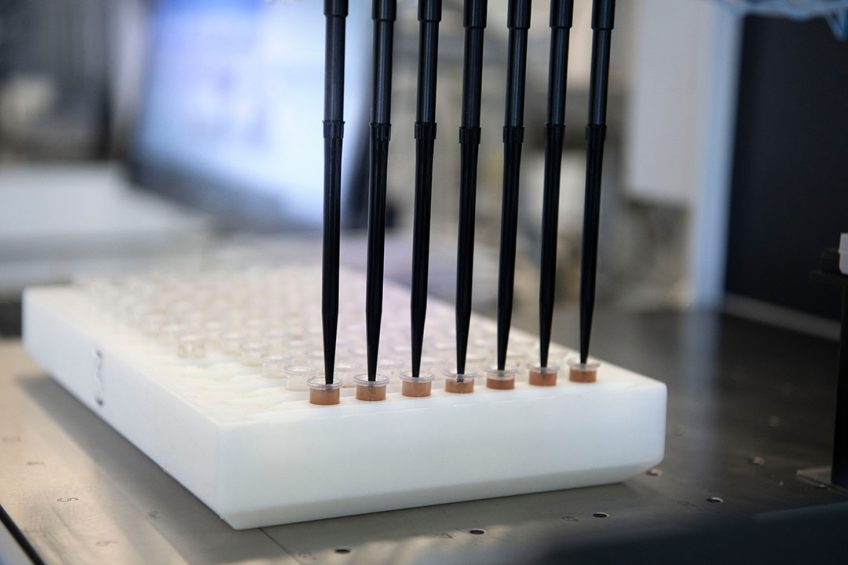Chicken Biobank to cut numbers of birds for research

Frozen reproductive cells hatched by surrogate hens will lead to the formation of a chicken biobank for breeds of chickens used in research. Scientists are looking to develop a new technology to limit the number of chickens required for research by freezing reproductive cells and using sterile surrogates to hatch the required breeds.
The method, say scientists, will enable genetic diversity – which helps limit risk of poor health – to be maintained in those chickens created from frozen material. A team from the Roslin Institute, Scotland, will aim to transfer frozen reproductive stem cells from many individuals of one chicken breed into eggs from sterile surrogate chickens of a different breed. The hatched offspring from the injected eggs that results will look like the sterile line, but will lay eggs of the transferred breed and retain genetic diversity.
Prevent problems with inbreeding
A biobank of breeds used in research would help to reduce the number of research chickens, currently bred in large numbers across the world, needed to maintain a genetically diverse population and prevent problems with inbreeding.
Text continues underneath image
Dr Mike McGrew, of the Roslin Institute, said: “Discovering a way to easily freeze avian reproductive cells and subsequently bring back a genetically diverse flock will help the preservation of endangered breeds of poultry, increase food security from disease outbreaks and reduce numbers of animals used in research.”
Poultry studies
Scientists will optimise how to freeze reproductive cells by studying three breeds of chickens used in research. The team will then aim to show that a surrogate parent can lay eggs that come from many individual donor birds.
Capture genetic diversity
This result will determine the ability to capture the genetic diversity of a chicken flock. This will validate the development of biobanks for flocks of poultry for research purposes, which will limit the number of animals bred for use in this way. The method could also be used to preserve rare chicken breeds.
The adult surrogate birds will have only their reproductive cells changes to the genetics of the transferred cells, and therefore will be largely unaffected, with the exception that their offspring will be a different breed of chicken.
New insights into avian reproduction
Their projects requires new insights into avian reproduction, which differs considerably from mammalian specie. Researchers hope to recreate the practices applied in other research species, where reproductive materials are frozen to secure future availability while reducing the numbers of animals used in research, as well as preserving the genetics of the species.
Such an approach can also avoid the random genetic changes that can occur naturally between generations of animals bred for research, which can lead to unhealthy animals.
The study, which is supported with funding from the UK Government’s Foreign and Commonwealth Office, the Centre for Tropical Livestock Genetics and Health and the National Centre for the Replacement Refinement and Reduction of Animals in Research.












